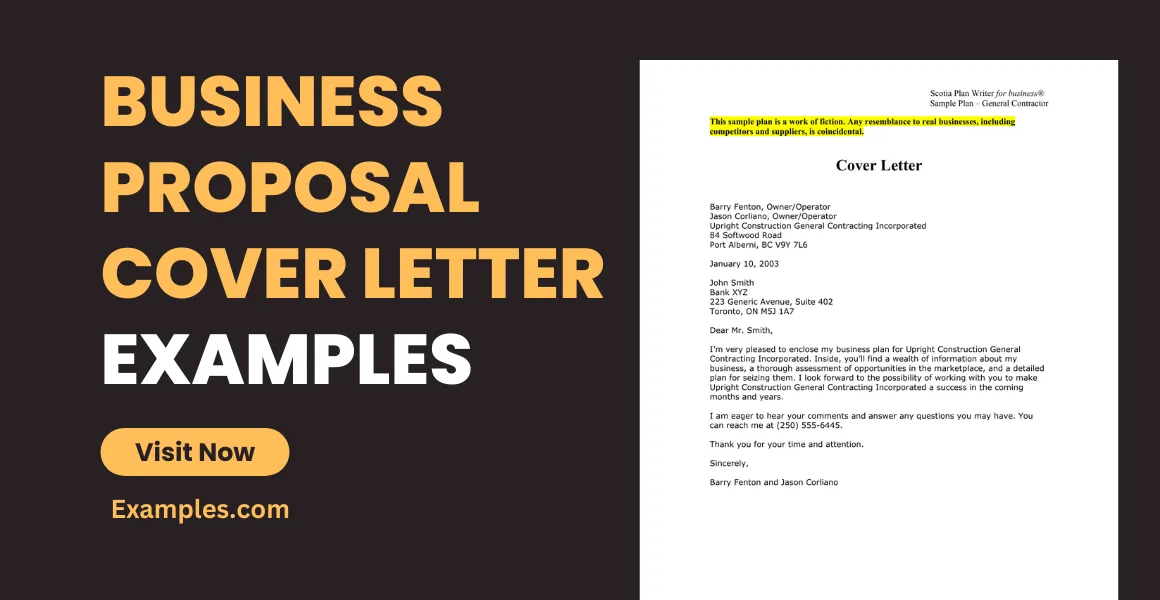What is a Business Cover Letter
A business cover letter is a formal document that accompanies other business documents, such as resumes, proposals, or reports. Its primary purpose is to introduce the accompanying document and provide context, highlighting the sender’s key qualifications, the purpose of the document, and the desired action from the recipient. Effective business cover letters are concise, professional, and tailored to the specific recipient and situation. They serve as a crucial first impression, demonstrating the sender’s attention to detail, communication skills, and understanding of business etiquette. The cover letter is a crucial component of any professional communication, acting as a bridge between the sender and the recipient, setting the tone, and ultimately, influencing the reader’s perception of the accompanying document.
Purpose of a Business Cover Letter
The primary purpose of a business cover letter is to introduce the accompanying document and provide context. This can include explaining the purpose of a proposal, highlighting key qualifications for a job application, or summarizing the contents of a report. A well-crafted cover letter grabs the reader’s attention, conveys professionalism, and motivates them to take the desired action, whether it’s reviewing a proposal, granting an interview, or acknowledging receipt of information. Furthermore, a cover letter allows the sender to personalize the communication, demonstrating an understanding of the recipient’s needs and the specific context of the situation, making the overall communication more impactful and relevant.
Key Components of a Business Cover Letter
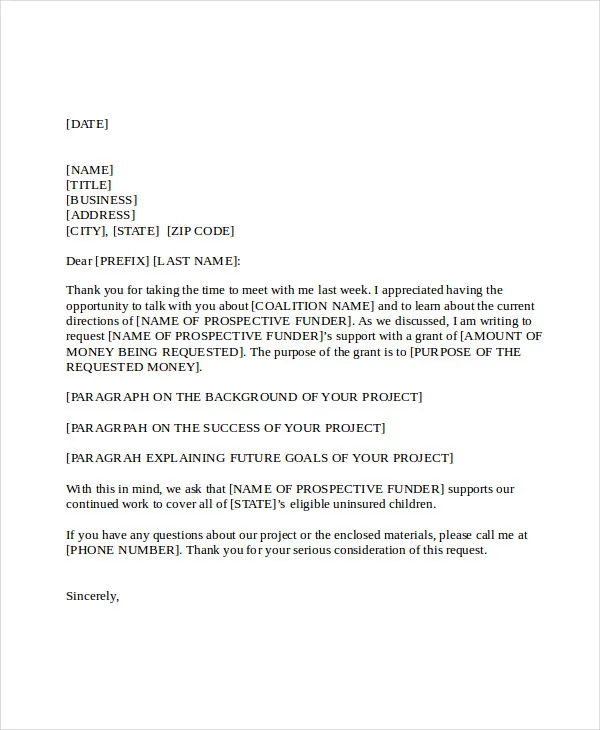
A well-structured business cover letter consists of several key components that contribute to its effectiveness. These elements, when combined, create a professional and compelling introduction to the accompanying document. The inclusion of these components, such as the sender’s and recipient’s information, a clear salutation, concise body paragraphs, and a professional closing, ensures clarity, respect, and a positive first impression. Each part of the letter serves a specific purpose in conveying the message and encouraging the recipient to act upon the enclosed document. Neglecting any of these essential elements could compromise the overall impact of the communication, reducing the likelihood of a positive outcome.
Contact Information
At the top of the letter, include your full name, address, phone number, and email address. This section provides the recipient with your contact details, enabling them to easily reach you for further communication. Ensuring your contact information is accurate and up-to-date is crucial. This allows the recipient to connect with you without difficulty. This section should be clearly formatted and placed at the top left or right-hand side of the document, making it easy to find. The consistency and clarity in this information demonstrate a level of professionalism and attention to detail which can greatly influence the initial perception of the document.
Date
Below your contact information, include the date the letter was written. This provides a reference point for the recipient and helps establish the letter’s timeliness. The date is typically formatted as month, day, and year. The format should be consistent throughout all the letters. It’s important that the date is present and accurate for all the professional documents. A correctly dated letter adds to the credibility of the document and assists in the proper filing and record-keeping processes. This detail is often overlooked, but it is a crucial element in formal correspondence.
Recipient’s Information
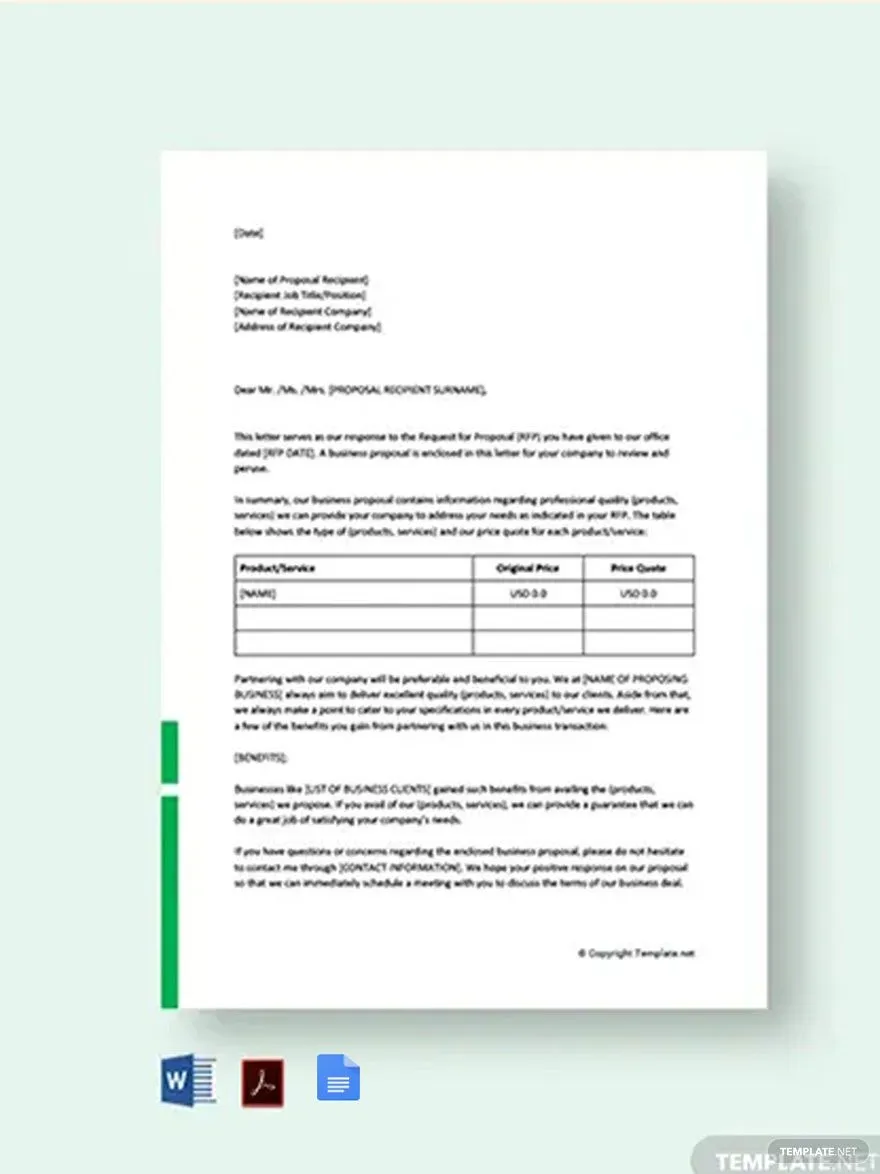
Directly below the date, include the recipient’s full name, title, company name, and address. This section ensures the letter is addressed to the correct person and organization, reflecting professionalism and attention to detail. The recipient’s information should be accurate and up-to-date to avoid any miscommunication or delivery issues. If you are unsure about the recipient’s details, research or make an inquiry to make sure this information is correct. This also demonstrates that you’ve put effort into tailoring the letter to the recipient. Including the recipient’s information adds credibility and shows respect. Using the correct information is extremely important.
Salutation
The salutation is the greeting of the letter. Use ‘Dear Mr./Ms./Mx. Last Name’ if you know the recipient’s name. If you are unsure of the name, use a general greeting like ‘Dear Hiring Manager’ or ‘Dear [Department Name]’. The salutation sets the tone for the entire letter. Using the recipient’s name demonstrates that you have taken the time to personalize the communication. This simple act immediately makes the letter more engaging. It is crucial to maintain a professional and respectful tone. Avoid informal greetings or slang. If the recipient’s name is unavailable, a more general greeting is acceptable but ensure it is relevant to the context of the communication. The goal is to establish a respectful and attentive tone from the start.
Body Paragraphs
The body paragraphs are the core of the letter, where you explain the purpose of your communication and highlight key information. Keep the paragraphs concise and focused on the most important points. Effective body paragraphs should be structured logically. They should highlight your most relevant skills, experience, and the value you can bring to the recipient, or in the case of a proposal, the value the proposal offers. Each paragraph should address a specific aspect of your message, making sure that your points are clear, supported by evidence, and directly relevant to the recipient’s needs. The body of your cover letter should be a clear representation of what you want from the recipient.
Opening Paragraph
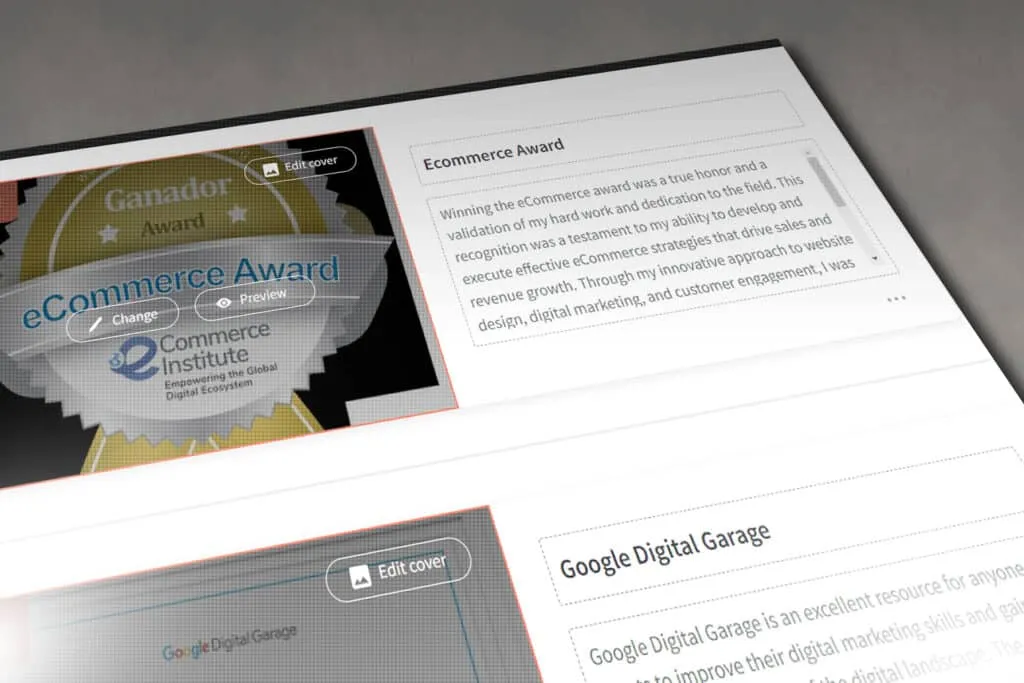
The opening paragraph should immediately state the purpose of the letter and, if applicable, where you learned about the opportunity. The opening paragraph should capture the reader’s attention and state the main intent of your communication. Be direct and concise, immediately making it clear what you want to achieve. If you are responding to a job posting, mention the specific position and where you saw the advertisement. In the case of a proposal, clearly state the project or service you are offering. A strong opening immediately gives the recipient a clear understanding of why they are reading the letter and sets a positive first impression.
Middle Paragraphs
Use the middle paragraphs to provide supporting details, highlight relevant skills and experience, and explain how you can meet the recipient’s needs. In the case of a job application, elaborate on your qualifications and what makes you a strong candidate. When submitting a proposal, describe the benefits and advantages of your offer. Focus on what you can offer and how you can contribute to the recipient’s objectives. This section should be tailored to the specific requirements of the recipient. Support your claims with evidence, providing concrete examples of your past achievements or the advantages of your proposal. The goal is to convince the reader that you are the ideal choice or that your proposal is the best solution.
Closing Paragraph
In the closing paragraph, summarize your main points and express your interest in further action. This is where you reiterate your value proposition and encourage the reader to take the next step. Restate your interest in the opportunity, whether it’s an interview, a meeting, or the approval of a proposal. Include a call to action, specifying what you want the recipient to do and how they can contact you. Express your gratitude for their time and consideration. A well-crafted closing paragraph leaves a lasting positive impression. It prompts the recipient to take the action you desire and increases the likelihood of a favorable response. Conclude on a positive and forward-looking note, reinforcing your interest and enthusiasm.
Complimentary Close
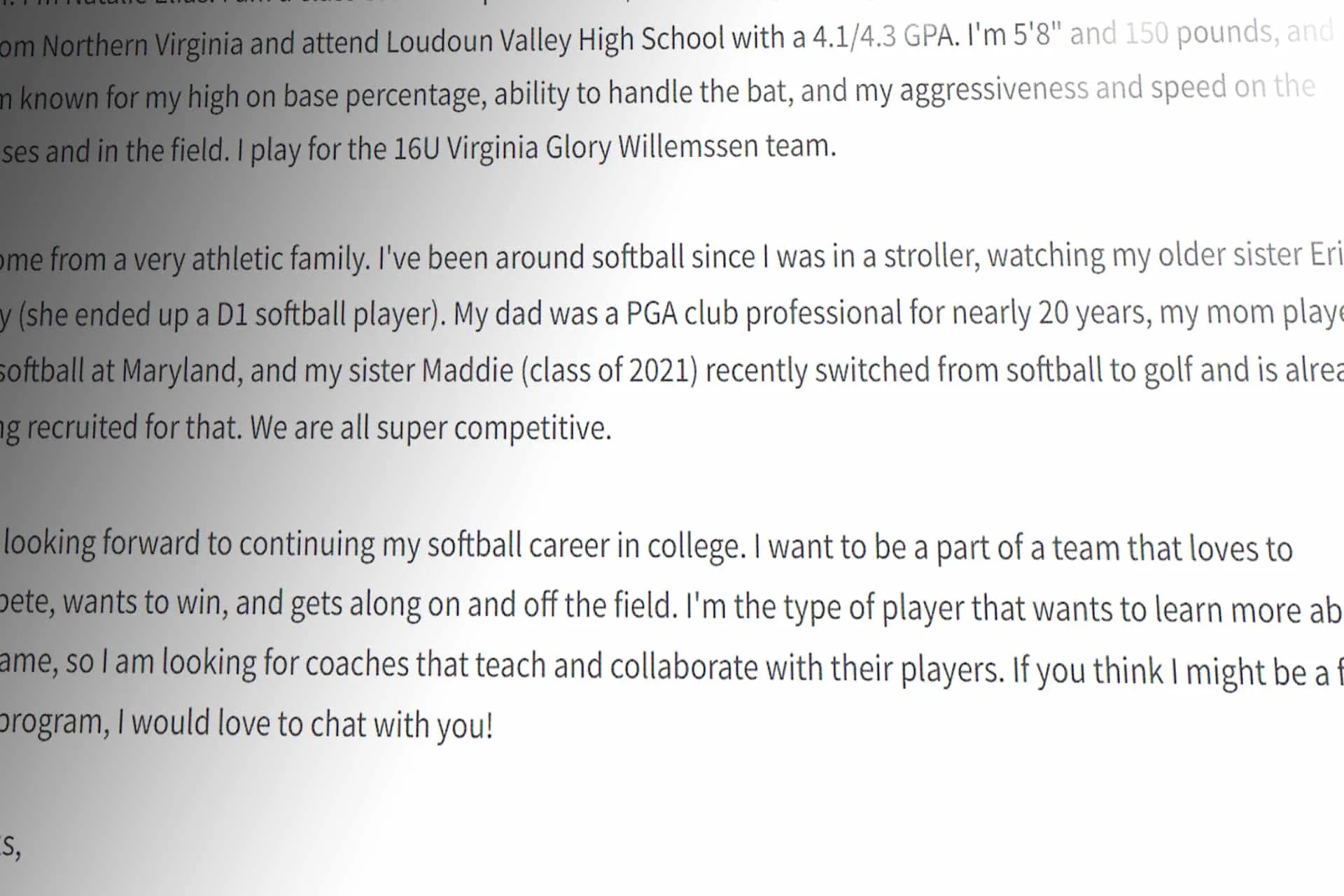
The complimentary close is a brief and polite closing phrase, such as ‘Sincerely,’ ‘Regards,’ or ‘Best regards.’ Choose a closing that is professional and appropriate for the context of your communication. Ensure consistency in tone with the rest of your letter. The complimentary close is followed by a comma. It’s a simple way to show respect and end the letter on a positive note. The best practice is to use a professional closing. Your closing should also reflect the overall tone of your document.
Signature
Leave space for your handwritten signature after the complimentary close. If you’re sending a digital version, type your full name below the complimentary close. Include your typed full name for clarity. Your signature personalizes the letter and adds authenticity. This is especially important in official documents or when you need to make a connection with the recipient. Whether you choose a handwritten or typed signature, make sure it is legible and professional, and reflects your own name. Adding a signature adds an element of formality.
Formatting Tips for Business Cover Letters
Formatting your business cover letter properly is crucial for readability and professionalism. Proper formatting enhances the overall appearance of your letter and makes it easier for the recipient to read and understand your message. Consistent formatting also reflects your attention to detail and professionalism. Ensure consistency in your font, margins, and spacing. These elements combine to create a clear, concise, and visually appealing document.
Font and Font Size
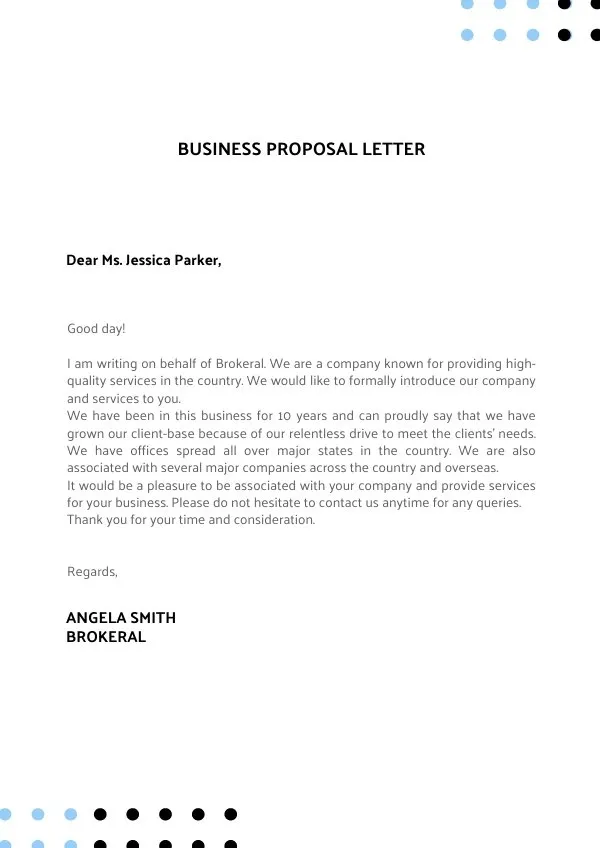
Choose a professional and easy-to-read font, such as Times New Roman, Arial, or Calibri, and set the font size to 11 or 12 points. Ensure the font is consistent throughout the entire letter. Avoid using decorative or overly stylized fonts. These can be distracting and difficult to read. Use a font size that is legible without being too large or too small. Ensure the font size and style match your other documents. The goal is to create a clean, polished, and accessible document. The font choice reflects the overall tone of your professional communication.
Margins and Spacing
Use 1-inch margins on all sides of the page and single-space the body of the letter, with a double space between paragraphs. This formatting creates visual balance and enhances readability. Ensure consistent spacing throughout the document. Adjust the margins and spacing to create a layout that is both visually appealing and easy to navigate. Proper margins and spacing help to avoid a cramped or cluttered appearance. This makes the cover letter more reader-friendly and demonstrates professionalism and attention to detail. These formatting elements contribute to a professional and well-organized appearance.
Proofreading and Editing
Thoroughly proofread and edit your cover letter for any typos, grammatical errors, and inconsistencies. Use a grammar checker, but also read the letter carefully yourself. A single error can significantly impact the credibility of your message. Read the letter aloud to catch any awkward phrasing or errors. Have a colleague or friend review your letter for a second opinion. Proofreading and editing ensure your cover letter is polished and professional. This reflects your attention to detail. It also guarantees the recipient can quickly understand your message. Take the time to review it and make sure you’ve used the right wording.
Examples of Effective Business Cover Letters
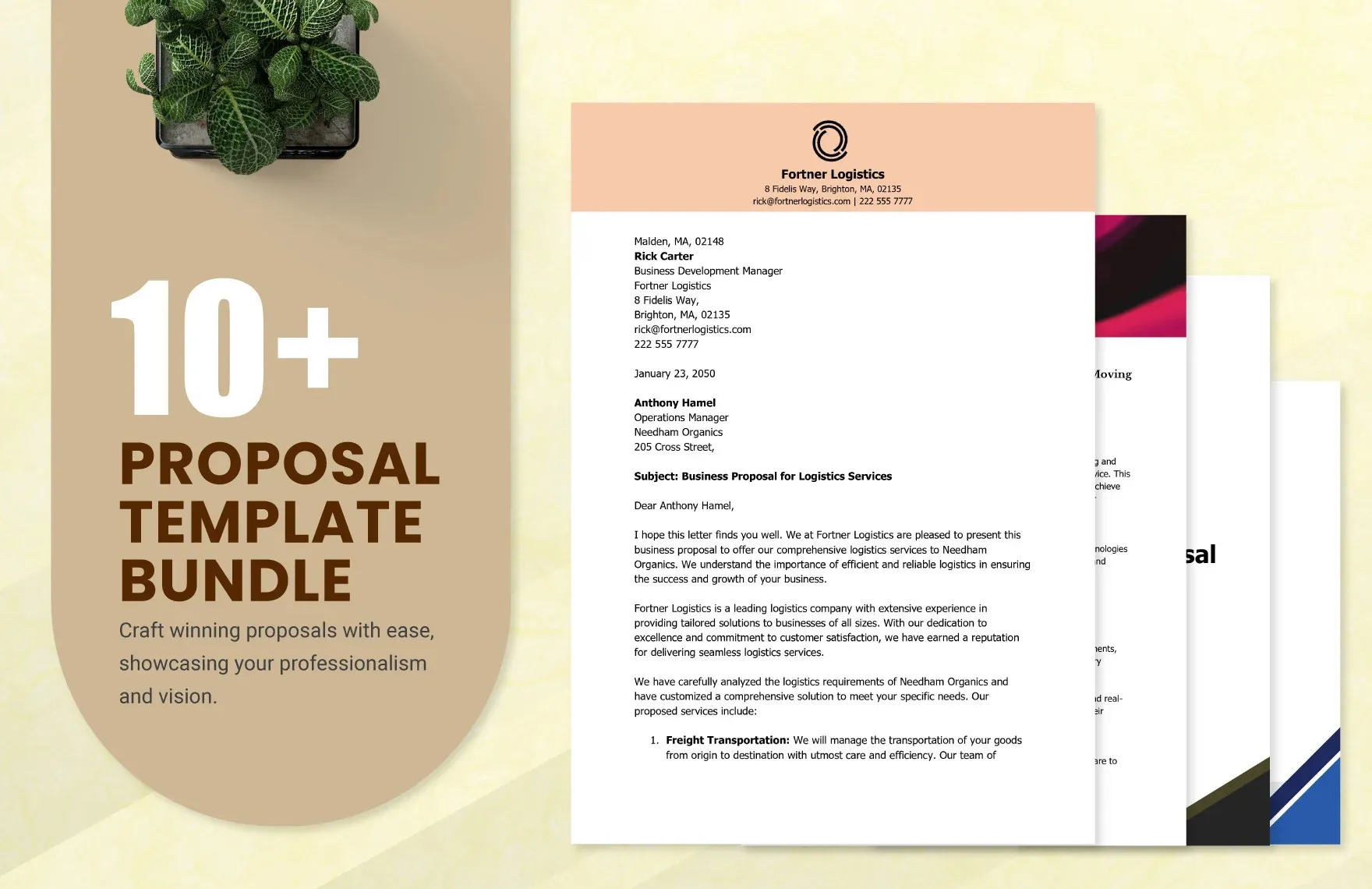
Studying examples of effective business cover letters can provide valuable insights into structure, content, and tone. Reviewing these samples gives you a better understanding of how to communicate effectively in different business situations. The more examples you look at, the easier it will be to write your own cover letter. From job applications to proposal submissions and networking emails, each type of cover letter has its own unique approach. Look at a variety of cover letters. Understanding the purpose and the nuances of each letter can significantly improve your own writing.
Cover Letter Example for Job Application
A job application cover letter highlights your qualifications, skills, and experience in relation to the job requirements. The letter should explicitly mention the position you are applying for and where you saw the job posting. Emphasize relevant skills and achievements. Tailor the letter to the job description and the needs of the employer. In a job application cover letter, you should explain why you are interested in the company. Your key skills and experience should be highlighted and supported with examples. Finish the letter by showing your interest and your availability for an interview. This is where you can showcase your skills and experience, but don’t repeat your resume. It is a way for you to give a more personal introduction.
Cover Letter Example for Proposal Submission
A proposal submission cover letter introduces your proposal and explains the benefits it offers. Clearly state the purpose of the proposal and summarize its key points. Highlight the problem you are addressing and the solution your proposal provides. Show how your proposal meets the client’s needs. Make it clear what action you expect from the recipient. In the proposal submission cover letter, you must state the purpose of your proposal in the opening paragraph. Summarize the main points of your proposal. Mention the benefits it will bring to the client. End the letter with a call to action, requesting a meeting or approval. Make sure your tone is professional.
Cover Letter Example for Networking
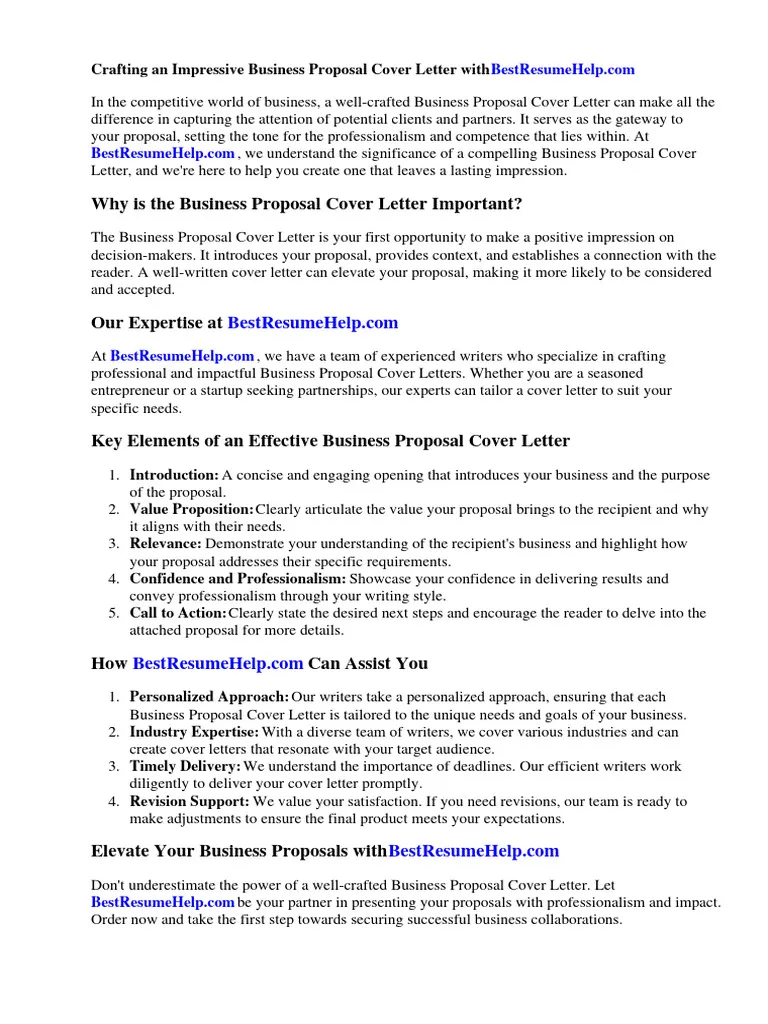
Networking cover letters are used to build connections and request informational interviews. Explain your interest in the recipient’s work and the industry. Request a meeting or a brief conversation to learn from their experience. Show respect for their time and express your gratitude for their consideration. These letters often have a more informal tone, but still remain professional. The focus is on establishing a connection and building a professional relationship. In this cover letter, it is best to be specific and genuine in your approach. The networking letter should show your professionalism, and curiosity. Maintain a balance between professionalism and showing your personality to make the connection.
Tips for Writing a Great Business Cover Letter
Writing a great business cover letter requires careful attention to detail. The key is to create a compelling document that showcases your value. These tips will help you create a persuasive and professional letter. By following these guidelines, you can significantly increase your chances of making a positive impression and achieving your goals. Tailoring, highlighting, showing enthusiasm, and proofreading are critical. It is crucial to tailor your letter to each opportunity. A generic cover letter does not show your attention to detail. Following these tips ensures your letter stands out from the rest.
Tailor Your Letter to the Recipient
Always customize your cover letter to the specific recipient and situation. Research the company, the job, or the individual you are contacting. Address the letter to a specific person. Highlight the skills and experience that match the needs of the recipient. Avoid using generic templates. Always adapt your letter to reflect the specific requirements. A tailored letter demonstrates that you have taken the time to understand their needs. This also helps you make a personalized impression. By tailoring your letter, you show you’re invested in the opportunity. This is vital for making the best impression.
Highlight Relevant Skills and Experience
Focus on the most relevant skills and experience for the job or project. Carefully review the job description or proposal requirements. Select the skills that align with the recipient’s needs. Provide concrete examples that showcase your abilities. Show your achievements and how you contributed to your past projects. Make sure that all the points are explained properly, and the accomplishments align with the requirements. Highlighting relevant skills makes it clear why you are the best fit. This approach increases your chances of getting noticed. Emphasize your most impressive qualifications and use them to support your claims.
Show Enthusiasm and Professionalism
Show enthusiasm for the opportunity while maintaining a professional tone. Express your genuine interest in the company, the project, or the individual you are contacting. Use positive and enthusiastic language throughout your letter. Show your passion and express excitement. Your enthusiasm helps you stand out from other candidates. Show that you are knowledgeable about the subject. Your professionalism should be evident in your writing style, your tone, and your attention to detail. Expressing enthusiasm combined with professionalism makes a strong impression.
Proofread Carefully
Always proofread your cover letter multiple times for any typos, grammatical errors, or inconsistencies. Mistakes can undermine your credibility. Use a grammar checker. Read the letter aloud to ensure the language flows smoothly. Ask a colleague to review your letter for a second opinion. Proofreading is essential. You want your cover letter to make a positive impression. Proofreading ensures your attention to detail. Proofreading shows you care about the quality of your work. It’s a crucial step in writing a professional and effective cover letter.
Common Mistakes to Avoid in Business Cover Letters
Avoiding common mistakes can significantly improve the effectiveness of your business cover letter. Being aware of these pitfalls can help you write a more polished and persuasive document. By addressing these issues, you can ensure your letter presents you in the best possible light. Steer clear of the common mistakes. Making sure to avoid these mistakes will make your cover letter more effective. Avoid the common mistakes that can quickly undermine the credibility and impact of your cover letter.
Typos and Grammatical Errors
Typos and grammatical errors damage your credibility and suggest a lack of attention to detail. Always proofread your letter carefully. Use grammar and spell-checking tools. Read the letter aloud to catch any errors that you may have missed. Errors can distract the reader from your message. Proofread your letter before sending it. Typos and grammatical mistakes are easily avoidable. Proofread the letter to ensure that your message is delivered correctly.
Generic Language
Avoid using generic, vague language that could apply to any situation. Tailor your letter to the specific opportunity and the recipient. Show genuine interest and use specific examples to demonstrate your value. Generic language doesn’t leave a lasting impression. It can make your letter seem impersonal. Tailoring your language adds depth and engagement. Customize your letter to the specific opportunity. It shows you are interested and have a high attention to detail.
Focusing Solely on Yourself
While it’s important to highlight your skills and experience, avoid making your cover letter entirely about yourself. Focus on how you can benefit the recipient and meet their needs. Connect your skills to the specific requirements. Explain how your skills can contribute to the recipient’s goals. Your letter should showcase your strengths while also addressing their needs. This focus demonstrates a strong understanding of the recipient’s priorities. It also makes your letter more persuasive. Frame your skills in a way that shows how they benefit the recipient.
Sending Without Customization
Sending a cover letter without customizing it for the specific job or opportunity is a common mistake. Avoid using generic templates. Research the company or the individual. Personalize your letter with specific details, addressing the recipient by name. Customizing your letter demonstrates your interest and attention to detail. A generic cover letter shows you haven’t put in the effort. It will not be effective. Tailor each cover letter you send. This increases your chances of making a positive impression and achieving your goals.
